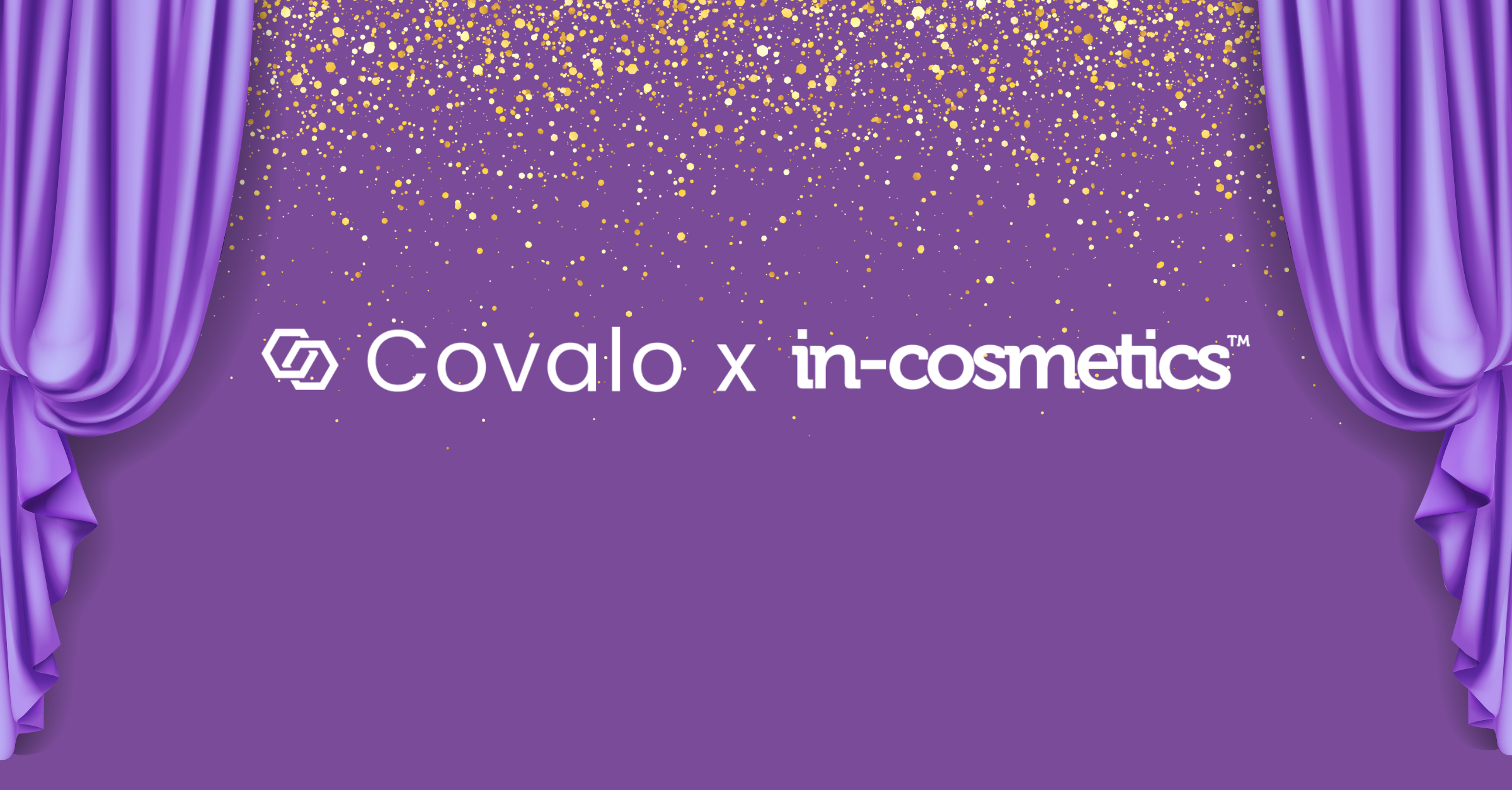The relatively new trend of clean beauty seems to have grown out of the principles associated with clean eating, where diet is focused on plant-based nourishment and reducing or eliminating refined processed foods in pursuit of health and wellness benefits. Heralded by retailers like Sephora and brands like Beautycounter, clean beauty is most often defined by a “no-no” list of ingredients that are not permitted in formulation. While some of these restricted ingredients like mercury or lead have never been prevalent in modern cosmetics and others like triclosan already abandoned, the ever shrinking list of preservative options presents one of the biggest challenges to cosmetic chemists. And as the definition of clean beauty expands to encompass ideals of sustainability and ethical sourcing, the choice of ingredients becomes further complicated.
While there is also no regulatory or legal definition of clean beauty, it is clear that the notion of safety is a top priority, with many brands claiming non-toxic ingredients. Toxicity of an ingredient is dose dependent, we all know even water can be toxic. Generally speaking, nontoxic infers ingredients have not been shown to cause adverse health effects at the levels found inside the formula and for the intended use. Although in the clean beauty space, non-toxic can be used haphazardly to mean that a product shouldn’t include any ingredient that’s been deemed toxic at any dose by a third-party resource like the European Union or Environmental Working Group.
The burden of ensuring a cosmetics safety falls on the producer. A cosmetic must be safe for consumers under customary or labeled use and labeled properly. Safety assessments and testing of ingredients and formulations are not new to responsible manufacturers. In fact, in the United States, a cosmetic product who’s safety has not been substantiated must actually declare this on the product label.
Several new beauty databases and apps attempt to rate cosmetic product safety but their usefulness is often suspect. These ingredient safety assessments are not agreed upon by a consensus of experts but are generally comprised of an aggregation of published studies on individual ingredients that may rely on irrelevant routes of exposure and do not take into account the impact of the formulation. The Cosmetic Ingredient Review (CIR) assessments of ingredient safety, however, provides a rational analysis of literature conducted by an independent expert panel of scientists and physicians. The CIR was established 1976 by the Personal Care Products Council with the support of the US Food and Drug Administration (USFDA) and the Consumer Federation of America (CFA) and utilizes a process modeled after the USFDA’s over-the-counter drug review.
As many companies wrestle with messaging around clean beauty, global consumer goods giant Procter & Gamble (P&G) has developed their Responsible Beauty Platform to address consumer concerns over safety, quality, origin and sustainability. The platform utilizes a systems-thinking approach to combine knowledge and learnings across five guiding principles of Quality & Performance, Safety, Sustainability, Transparency, and Equality & Inclusion. As part of this program, P&G has made public a comprehensive guide to the safe use of botanicals in beauty products that provides a detailed look at the technologies and processes used in safety assessments of botanicals. This thorough examination of toxicological analysis is a compelling tool for educating the consumer that goes well beyond a simple marketing claim.
P&G’s Responsible Beauty Platform provides a powerful example of how beauty companies can provide a transparent look into product and ingredient safety backed by science. While deciphering what ingredients belong in a clean beauty product can vary by the selection of retailer partners or individual brands themselves, there are some other considerations for formulation and that can be addressed:
- Clean beauty does not need to be natural or organic. There are many synthetic ingredients that can be superior in terms of efficacy, quality, safety, and sustainability in addition to being free from fair labor issues.
- When using natural materials, be sure to evaluate multiple lots of varying quality to address consistency in the final formulation in stability testing and use that information to inform the customer of possible variation in rheology, color, or odor so there are no unpleasant surprises.
- Formulation matters. Combinations of ingredients and parameters like pH and concentration can be adjusted to enhance safety and efficacy.
- Similar to fragrance, essential oils and botanical extracts contain numerous chemicals and can be a source of irritation or allergic reaction. Be careful when selecting these types of materials.
- With so many factors included in definitions of clean beauty, a simplified ingredient list will be easier to manage when evaluating compliance the restrictions from brands and retailers.
- All cosmetics should contain preservatives or utilize a method of preservation that maintains stability of the formulation throughout shelf life and consumer usage.
- While challenging, formulating clean beauty is an opportunity for innovation but also a chance to revisit historical compositions for insights.
Just as we’re getting closer to defining clean beauty, the concept is being enveloped in the new conscious beauty movement that also includes attributes of sustainability, ethical sourcing, animal welfare, and social impact. Selection of ingredients for cosmetics and personal care products is no longer simply defined by function and efficacy, but by numerous stakeholder values and Covalo allows you to refine your ingredient search by key factors like function, performance and sustainability claims to help you meet the growing demands of product developments.
Disclaimer: The information provided (on our blog) is accurate to the best of our knowledge, however, there may be errors. As a neutral organization, we at Covalo do not advocate or promote certain products or ingredients on our platform as better than others. The Site may contain (or you may be sent through the Site) links to other websites or content belonging to or originating from third parties or links to websites and features in banners or other advertising. Such external links are not investigated, monitored, or checked for accuracy, adequacy, validity, reliability, availability or completeness by us. For more information on our blog, contact social@covalo.com


